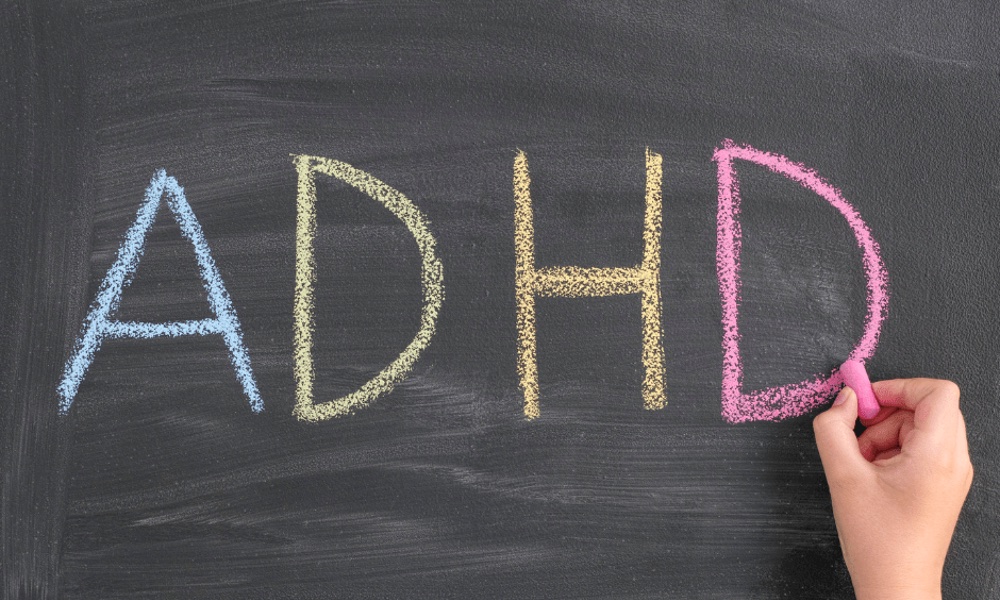In what's being called the largest stroke rehabilitation study ever done in the United States, Duke University researchers have found that stroke patients receiving at-home therapy regained their ability to walk just as well as patients in a formal rehabilitation program outside of the home did.
Patients receiving at home-therapy were over four times less likely to drop out of treatment. And in-home therapy is considerably less expensive.
The study also found that therapy begun six months after the stroke worked just as well as therapy begun earlier did.The conventional wisdom in stroke rehabilitation has been that recovery is extremely difficult once six months have passed since the stroke occurred.
Many stroke patients receive therapy called locomotor training to help them regain their ability to walk. This often involves use of a special treadmill with a harness that helps the patients stand up, taking some of the weight off of their feet. It's generally done at special stroke treatment facilities and can't currently be done in the patient's home. Other recovering patients receive physical therapy at home.
It's taken as a given that patients prefer in-home rehabilitation to a rehabilitation program that takes place elsewhere. This was borne out in the study, where patients receiving at home-therapy were over four times less likely to drop out of treatment (3% vs. 13%). And in-home therapy is considerably less expensive than locomotor therapy, since it uses simpler equipment and fewer trained personnel.
If the study results prove to be typical, many more stroke patients may soon be doing their rehabilitation at home.
The researchers compared the effectiveness of locomotor training, started at either two months or six months after the stroke, to a home-based program where a physical therapist worked on enhancing patients' flexibility, range of motion, strength and balance to improve walking ability, starting two months post-stroke.
A year after the stroke, there was no appreciable difference between any of the three groups. More than half of all patients had improved their walking ability.
The study was of 400 stroke patients, average age 62, recruited from inpatient rehabilitation facilities in Florida and California. The patients were assigned to one of three treatment groups. The first group received locomotor training away from home begun two months after their stroke. The second group also received locomotor training but began it six months after their stroke. The third group received at-home therapy from a physical therapist, begun two months after their stroke.
All patients received 36 therapy/training sessions over a 12 to 16 week period. Improvement in walking was measured one year after the stroke. Severely impaired patients were considered improved if they were able to walk around the inside of a house, while patients already mobile at home were considered improved if they progressed to walking independently in the community.
One year after their stroke, 52% of all participants had improved their walking ability. No significant differences in improvement were found between early locomotor training and home exercise or between late locomotor training and home exercise. All groups had similar improvements in walking speed, motor recovery, balance, functional status, and quality of life.
Minor adverse events, mostly falls, were reported by about 56 percent of participants, with no significant differences between groups.
The results of the study were published in the New England Journal of Medicine (NEJM) on May 26, 2011.




